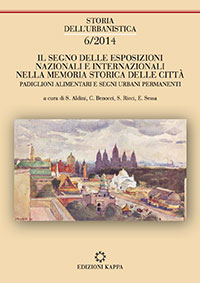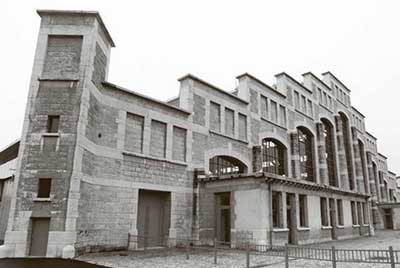IT This page is translated in English
The International Urban Exposition held in Lyon (France) in 1914 was dedicated to the Cité Moderne. Lyon was, at the time, a “magnificent and progressive” city but not yet on the cutting edge. Thanks to the sensitive and intelligent vision of its young mayor, Edouard Herriot, it would soon become one. The Lyon exposition that he personally longed for, and hosted where it would transform the rural, agricultural outskirts of the city into a functional, operative area, marked a starting point for an international debate that would find a focus in the city itself. The entry of France in the Great War on 3 August, halfway through the event and at the peak of its popularity, would see a partial loss in the collective memory of the exposition, which was finally honoured in all its glory last year during centenary celebrations.
Its material memory, however, has since then always been superbly represented by the building that at the time was the symbol of the event: the Grand Halle of the municipal abattoir designed by Tony Garnier, the theoretician behind the Cité Industrielle.

